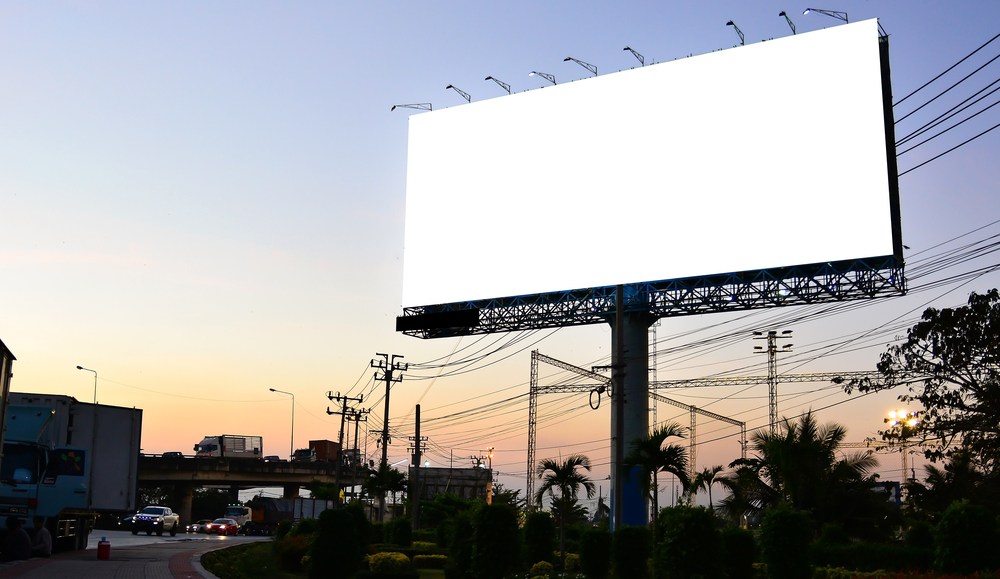
The decline in display ad revenue is forcing digital publishers to experiment with new revenue models, many of which are centered around novel ways of getting readers themselves to pony up.
One model a few publishers have experimented with is the “freemium” approach of companies like Spotify and Pandora, which offers two service tiers: a free, ad-supported one and a paid ad-free version that often comes with added perks. The model has been an effective one for Spotify in particular, which has over 6 million paid subscribers.
While Spotify’s radio-like ads are more disruptive than most standard display fare, some publishers are banking that there’s similar demand for ad-free experiences with their own readerships. Condé Nast-owned tech blog Ars Technica has offered an ad-free experience as a part of its Ars Technica Premier subscription program since 2007, and Salon tried its hand at a similar ad-free program as far back as 2001. The ad-free experience is also core to Andrew Sullivan’s The Daily Dish, which pulled in $875,000 last year off of reader revenue alone. In January, MIT Technology Review also started offering ad-free experiences as part of its Technology Review Insider subscription program.
“It’s more of an experiment than anything else,” said Bruce Rhodes, MIT Technology Review’s vp of consumer revenues and marketing. “We’ll wait and see what the response is from readers.”
Experimentation is also central to Slate Plus, Slate’s new membership program, which offers a hodgepodge of perks like ad-free podcasts and articles that default to a single pageview. While an ad-free article experience wasn’t a part of the initial rollout, Slate isn’t ruling out the possibility of offering it down the line. “It was a matter of trying to find an initial offering that made the most sense for our users,” said Slate general manager Brendan Monaghan.
Ultimately, Slate and MIT Technology Review are unique examples in an online publishing industry that relies on ad revenue almost exclusively to stay afloat. Most publishers are wary of cannibalizing their core businesses in favor of new, unproven models that may not make up for losses elsewhere.
“Advertisers are a very big part of the overall strategy, so you have to be very careful not to rock the boat,” said Rhodes.
What’s more, while ad-free experiences are good for readers, they’re not the best deal for advertisers. After all, the kinds of readers who pay to go ad-free are, in many cases, the exact readers that advertisers want to reach the most.
Other obstacles are smaller, but just as significant. Because removing ads is as simple as installing an ad blocker like AdBlockPlus, there’s not much reason for people to pay publishers to do it for them.
“People complain about advertising and how annoying it is, but how much extra value is there in taking the ads away? Not all that much,” said Rick Edmonds, media business analyst at The Poynter Institute.
This reality is why many publishers treat the ad-free experience as an ancillary perk in much larger subscription packages. MIT Technology Review, for example, offers ad-free articles alongside free MIT Press books and access to PDF versions of entire archives. For reddit gold, reddit’s premium membership program, optional advertising is just one perk in a long list of other features. (Ad-free experiences for both reddit and MIT Technology Review are opt-in, however, meaning that even paid subscribers still see ads by default.)
There’s also significant technology and resource reasons for why these sorts of programs haven’t been widely offered. “The technical side really plays into it in terms of what people will spend their time working on,” said Monaghan. “It can be a ‘not enough arrows in the quiver’ sort of thing.”
More in Media

Meta AI rolls out several enhancements across apps and websites with its newest Llama 3
Meta AI, which first debuted in September, also got a number of updates including ways to search for real-time information through integrations with Google and Bing.

Walmart rolls out a self-serve, supplier-driven insights connector
The retail giant paired its insights unit Luminate with Walmart Connect to help suppliers optimize for customer consumption, just in time for the holidays, explained the company’s CRO Seth Dallaire.

Research Briefing: BuzzFeed pivots business to AI media and tech as publishers increase use of AI
In this week’s Digiday+ Research Briefing, we examine BuzzFeed’s plans to pivot the business to an AI-driven tech and media company, how marketers’ use of X and ad spending has dropped dramatically, and how agency executives are fed up with Meta’s ad platform bugs and overcharges, as seen in recent data from Digiday+ Research.





